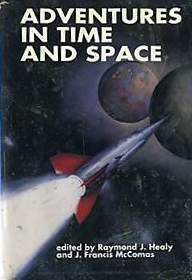What do you think?
Rate this book


1004 pages, Hardcover
First published January 1, 1946
On a high hill in Samoa there is a grave. Inscribed on the marker are these words:
Under the wide and starry sky
Dig my grave and let me lie.
Glad did I live and gladly die
And I lay me down with a will!
This be the verse that you grave for me:
Here he lies where he longed to be,
Home is the sailor, home from the sea,
And the hunter home from hill.